This article is by Demetrius Bassoukos, founder of Purality Health. It includes a link to a Purality Health product that Demetrius and his team created.
Minerals are all around us — embedded in the Earth, in objects we use every day, and some are also present in the foods we eat.
Despite their abundance in our lives, nutritional deficiencies of minerals are surprisingly common around the world. Statistics show that as many as one-fourth of the global population (around two billion people) suffers from essential vitamin and mineral deficiencies, often due to soil depletion and malnutrition.
This raises the question: Should some of us consider supplementation to meet our nutritional needs? Our bodies require a range of essential minerals to function optimally, and understanding which ones are most vital can significantly impact our health.
In this article, we’ll explore the challenges and solutions to getting the minerals you need. Plus, we’ll highlight the unique health benefits of each essential mineral — and where to get them in your diet.
What Are Nutritional Minerals?
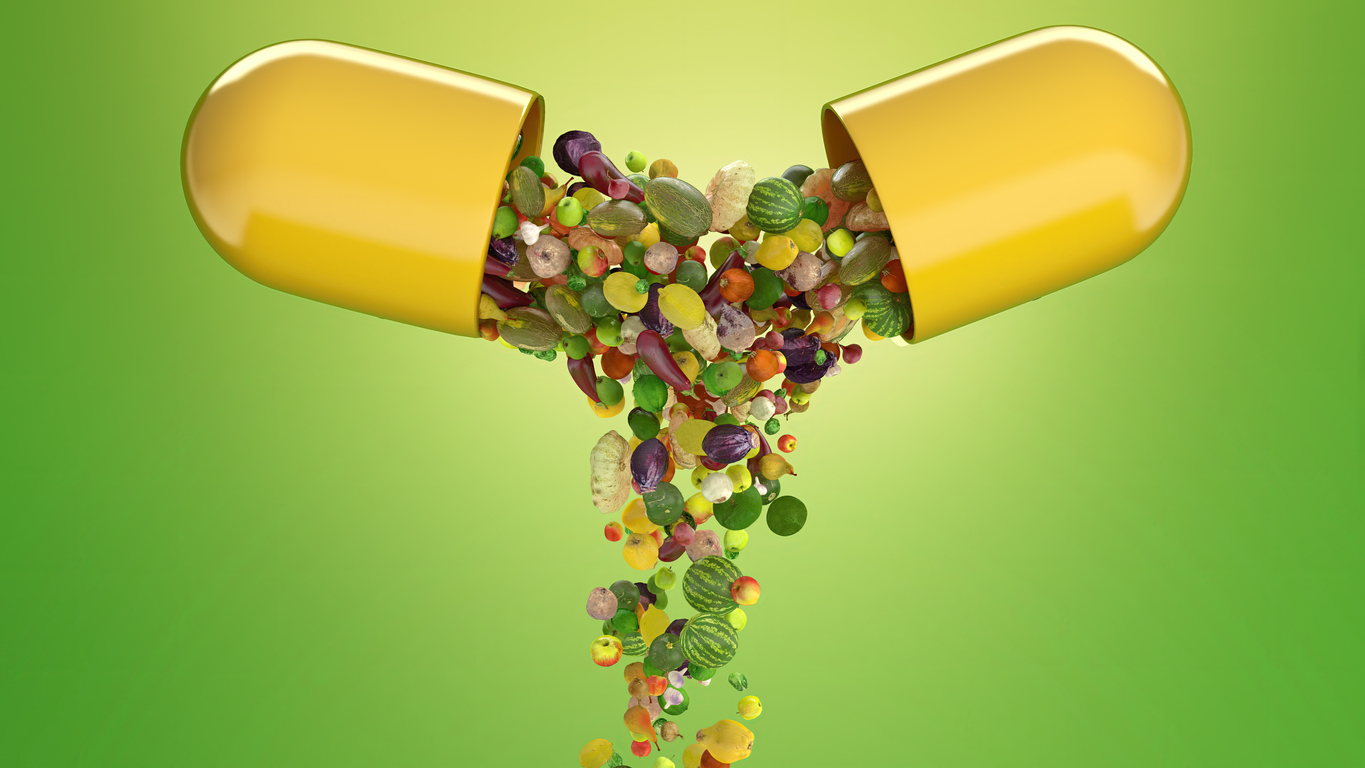
Nutritional minerals are elements that our bodies need for physiological functioning. They are essential for maintaining health, supporting growth, and carrying out numerous biological processes. Other types of essential nutrients include vitamins, fatty acids, and certain amino acids.
In the world of nutritional minerals, there are essential and non-essential minerals, as well as macrominerals, microminerals, and electrolytes.
I know it sounds like a lot, but bear with me. I’m going to break it all down for you. Let’s start with what essential minerals are.
Essential Minerals
An essential mineral is a compound that your body needs for proper functioning, but does not make. Instead, you need to get these nutrients from food and beverages.
Essential minerals deserve your attention because you can’t be healthy without them.
Examples of essential minerals include:
- Calcium
- Chromium
- Copper
- Iron
- Magnesium
- Manganese
- Molybdenum
- Potassium
- Sodium
- Zinc
Non-Essential Minerals
A non-essential mineral is one that your body doesn’t need for proper functioning.
Examples of non-essential minerals include:
- Aluminum
- Boron
- Cadmium
- Fluoride
- Germanium
- Lithium
- Nickel
- Rubidium
- Silicon
- Strontium
- Tin
- Vanadium
Although some of these minerals may offer benefits when ingested (such as boron or silicon), others may be detrimental to your health (such as aluminum and cadmium).
As such, you don’t need to focus on getting non-essential minerals to maintain normal health, and in fact, you may want to limit your overall exposure where possible (more on that later).
Macrominerals
Macrominerals are a subcategory of essential minerals that your body requires in larger amounts. You’ll find many minerals you probably recognize in this category, such as:
- Calcium
- Magnesium
- Sodium
- Phosphorus
- Potassium
- Chloride
- Sulfur
Microminerals
Microminerals are simply minerals you need in lower quantities. That being said, they’re certainly no less important for your overall health. Also called trace minerals, examples of microminerals include:
- Iron
- Manganese
- Copper
- Iodine
- Zinc
- Cobalt
- Selenium
Electrolytes
Electrolytes are minerals that carry an electric charge. They exist within bodily fluids such as blood, sweat, and urine and are vital to several bodily functions, including nervous system function, muscle movement, and cell hydration.
Electrolytes consist of macrominerals that are all essential. Common electrolytes found in your body include:
- Sodium
- Potassium
- Chloride
- Calcium
- Magnesium
- Phosphate
- Bicarbonate
Now that you have a better understanding of the different types of nutritional minerals let’s examine why they may be lacking in your diet — and how you can get them through food or supplementation.
Where Are Nutritional Minerals Found?

Nutritional minerals are primarily sourced from two different places: water and soil. When you eat a vegetable like kale, which is rich in calcium, iron, magnesium, and other minerals, the kale plant has pulled these minerals from the soil and water in which it was grown. People can, in turn, get the mineral by eating the kale. Your body can’t make minerals on its own. As such, it’s up to you to take in the minerals you need, which isn’t always a simple or efficient process.
Mineral Deficiency Rates

Worldwide, mineral deficiencies are quite high. For example, iron deficiency is among the most common nutritional deficiencies, with at least 25% of people affected. A US survey also found that most teenagers and older adults were not getting enough calcium. And a similar finding was seen with magnesium.
However, these key minerals are crucial for bone and muscle health, sleep regulation, energy levels, and more. Both acute and long-term mineral deficiencies can significantly impact quality of life, growth and development, and mental health.
Mineral deficiencies can be caused for various reasons, including:
- Diet — The main reason most people around the world are deficient in minerals is an insufficient diet. This can be due to a lack of overall food, living in a low-access area, or eating a diet that is low in nutritional quality. People who eat a lot of ultra-processed foods often struggle to meet their mineral intake requirement, even if they eat plenty of overall calories.
- Digestive issues — Factors such as diseases of the liver, intestine, or kidneys, surgery in the digestive tract, alcoholism, celiac disease, and medications can inhibit the absorption of certain minerals, leaving you with lesser amounts even if you’re consuming enough.
- Increased need — Certain minerals are more quickly depleted during exercise, pregnancy, and a woman’s menstrual cycle, and levels may not be able to be restored if intake isn’t high enough. Older adults also have an increased need for certain minerals and other nutrients due to poorer absorption due to aging.
- Soil depletion — Mineral deficiencies are even further exacerbated by soil depletion. Remember above how I said kale pulls its minerals from the soil? Well, when soil is exploited instead of enhanced, plants may have fewer minerals to absorb, meaning fewer minerals in your kale.
Studies have shown that our soil is less rich than it used to be. For example, an analysis from the 1990s showed that between 1975 and 1997, the average calcium levels in 12 fresh vegetables dropped by 27% and iron levels by 37%. This will only worsen as we continue through the 21st century.
(For a powerful and moving film about soil, regeneration, and hope, watch The Need To GROW, linked here.)
When you consider all these factors, it’s no wonder that so many people are not meeting their daily mineral requirements.
Thankfully, we know which foods are high in minerals (even if they’re not as high as they used to be).
The Top 8 Essential Minerals
Now that you know the importance of nutritional minerals and why many people may struggle to get enough of many of them, let’s take a look at some of the most common essential minerals, their function within the body, and how you can ensure you’re getting enough.
1. Calcium
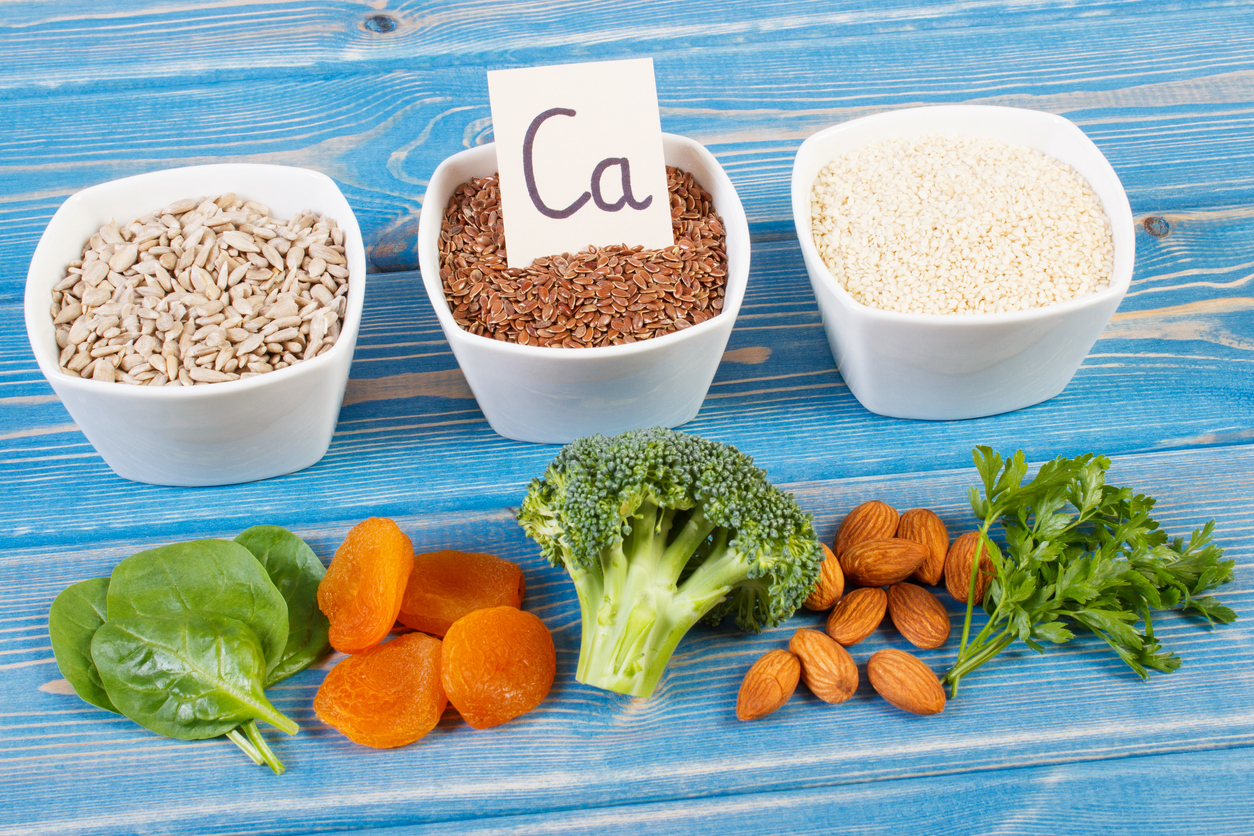
What is it?
The most plentiful essential mineral in your body, calcium, is often associated with bone health, but it does far more than just support strong bones.
What does it do for you?
Calcium is crucial for your bones and teeth, with approximately 99% stored there. The rest is important for cell signaling, muscle contraction and relaxation, and nerve function. Plus, it helps support blood clotting and cardiovascular health. What’s more, calcium plays a large role in maintaining healthy blood pressure.
How much do you need?
In the US, the RDA of calcium for adults is between 1,000 and 1,300 mg.
Where can you find it?
Your body tightly controls the amount of free calcium in the bloodstream. If your levels dip below normal, the parathyroid gland springs into action. This gland (located in your neck, near your voice box) activates vitamin D, which pulls calcium from the kidneys and bones.
This process quickly restores healthy calcium levels in the blood, but it can impact your bones by depleting them of calcium. You don’t want the calcium from your bones constantly used without being replaced. So, it’s important to acquire enough dietary calcium to keep bones strong and blood calcium levels normal.
Dairy products are often cited as the go-to dietary source of calcium. However, the data on how helpful they actually are to bone health is mixed. The good news is that calcium can also be found in a range of plant-based foods, including tofu, beans, oranges, broccoli, kale, and fortified non-dairy milk alternatives.
Calcium supplements are also available in the form of calcium carbonate and calcium citrate. If you’re at risk of calcium deficiency, healthcare practitioners generally recommend doses of no more than a maximum of 500 mg at a time.
(For more on calcium, see FRN’s full article here.)
2. Copper
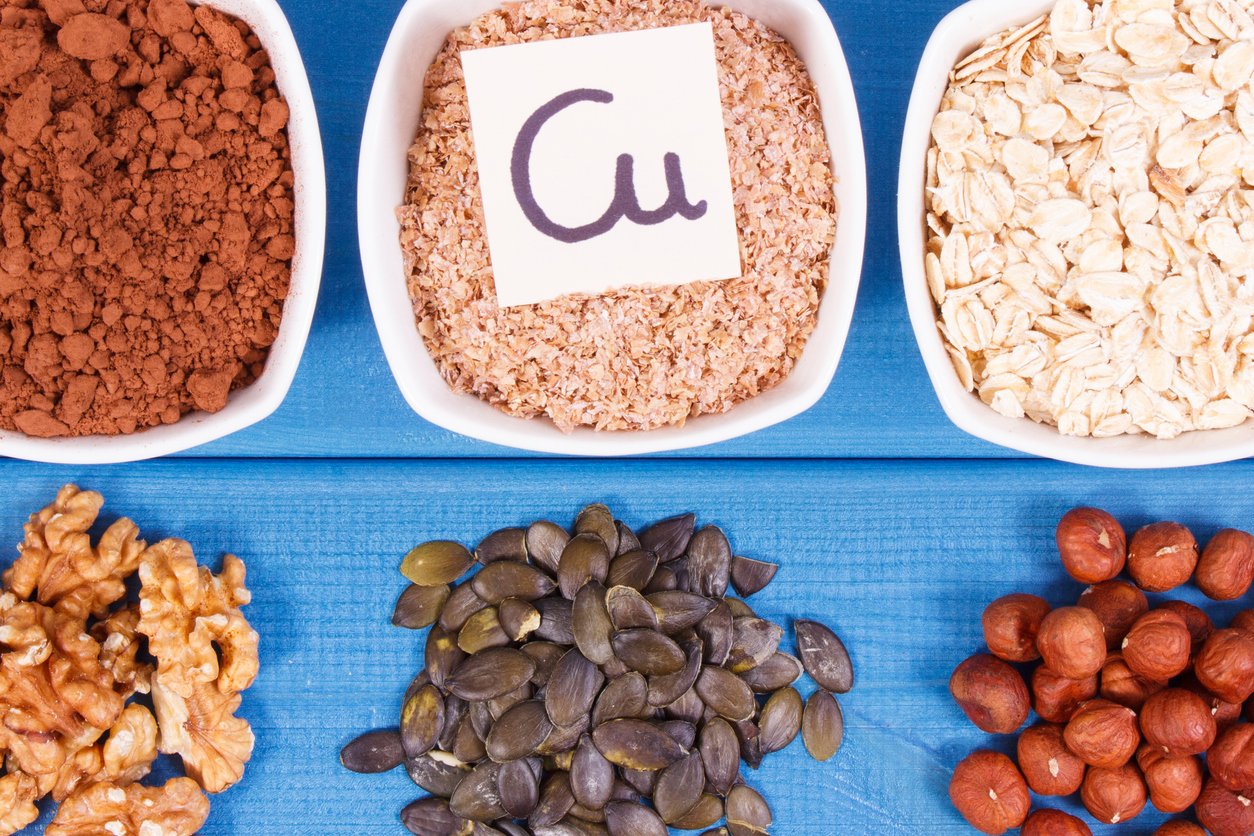
What is it?
Many people are surprised to learn that copper — a common building material — is an essential trace mineral that helps build structures (and more) within the body.
What does it do for you?
Copper helps your body absorb iron from the intestines, which, together, can assist in the production of red blood cells. Copper also plays an important role in making your connective tissues as strong as possible. It helps link two of the most prevalent structural proteins — collagen and elastin. This means it’s crucial for skin health.
Additionally, copper provides energy, assists in cellular respiration, and bolsters the health of the brain, nervous system, and cardiovascular system. It also impacts your immune system and bone health and indirectly acts as an antioxidant. It has an essential role in the superoxide dismutase class of enzymes. They’re some of your body’s most important antioxidant enzymes.
How much do you need?
In the US, the RDA of copper for most adults is 900 mcg (higher for pregnant and breastfeeding women).
Where can you find it?
There is no need to start digging into your walls for good copper — there are plenty of edible places to find the mineral. Some people look to oysters, shellfish, and organ meats for copper, but nuts, seeds, lentils, mushrooms, and whole grains are just a few examples of good plant-based copper sources.
Copper is easily found in food, so deficiency is rare unless there’s an absorption issue. However, some minerals, especially zinc, can occasionally compete with copper for absorption. In general, though, copper supplementation is not recommended for most people because only a tiny amount is needed in the body, and supplementation comes with a risk of toxicity.
(For more on copper, see FRN’s full article here.)
3. Iron
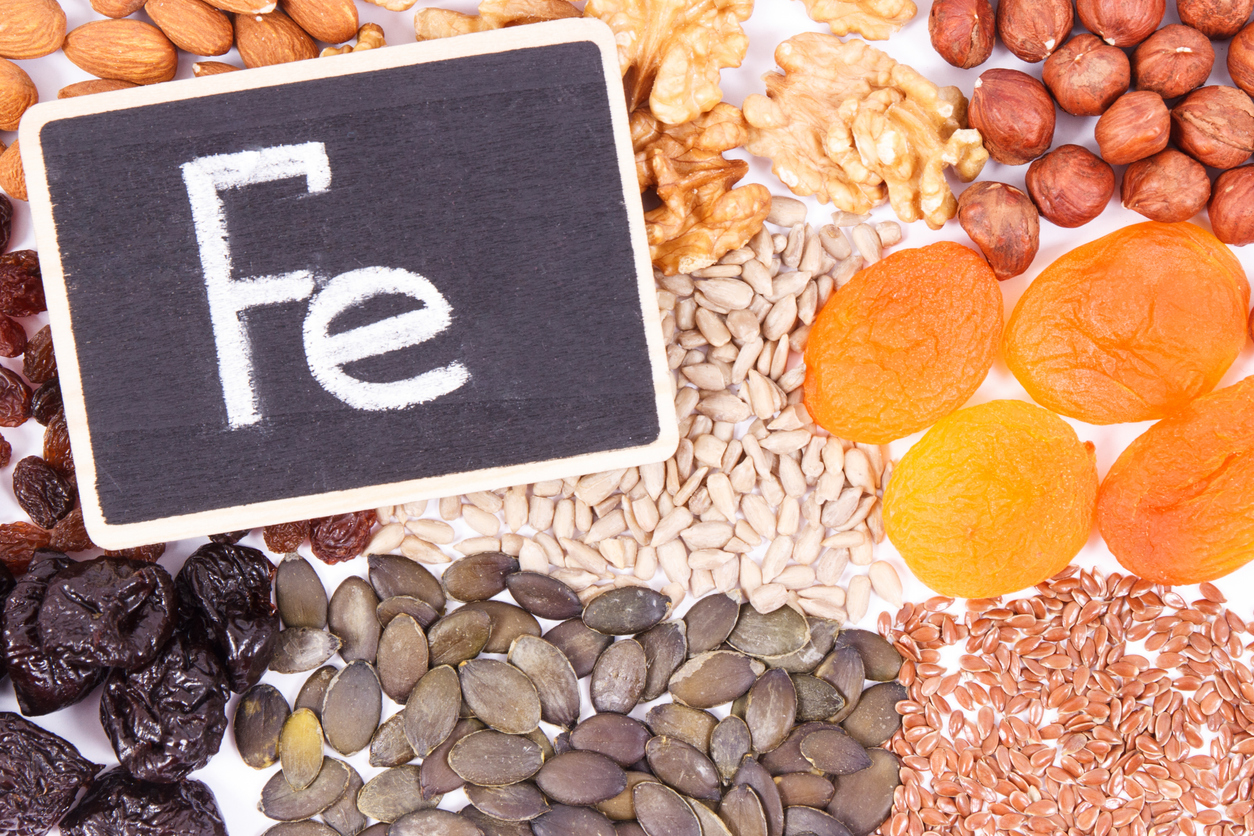
What is it?
Iron is a perfect example of how microminerals are no less important than macrominerals. Because even though you need less of it than other minerals, iron is a crucial mineral that makes up important proteins in blood and muscles.
What does it do for you?
Iron helps your body function in many ways. Your blood’s ability to carry oxygen is built on iron. It’s a major part of hemoglobin, with roughly 70% of your body’s iron found in these red blood cells and in muscle cells called myoglobin. And it supports energy production and immune function and assists in building amino acids and DNA.
Iron is also linked to energy production, DNA formation, and the creation of certain hormones.
How much do you need?
In the US, the RDA of iron for adults is between 8 and 27 mg.
Where can you find it?
Dietary iron is found in two forms: heme and nonheme. Most nonheme iron comes from plants, and heme iron comes from meat, though meat does contain nonheme as well. Your body will use both types of iron; however, heme iron is more rapidly absorbed.
This can be both good and bad — because your body can modulate absorption rates of nonheme iron, absorbing more if you need more and less if you need less. But heme iron will “force its way in,” whether you need it or not. And that can be a problem since too much iron can lead to many health problems. For example:
- Many experts believe that heme iron increases the risk of developing plaque buildup in your arteries.
- One study suggested that for every 1 mg of heme iron consumed per day, a person’s risk for coronary heart disease increased by 27%.
- Another prospective study found that intake of heme iron was associated with an increased risk of stroke among men.
- Overeating heme iron appears to increase the risk for type 2 diabetes, as well.
Some of the top nonheme sources of iron include beans, nuts, leafy greens, and whole grains.
Because of the possibility of iron overload, iron supplementation isn’t generally recommended unless you have higher needs due to pregnancy, menstruation, or absorption issues. Ferrous sulfate is the most common iron supplement, with 45 mg considered the daily upper limit.
(For more on iron, see FRN’s full article here.)
4. Magnesium
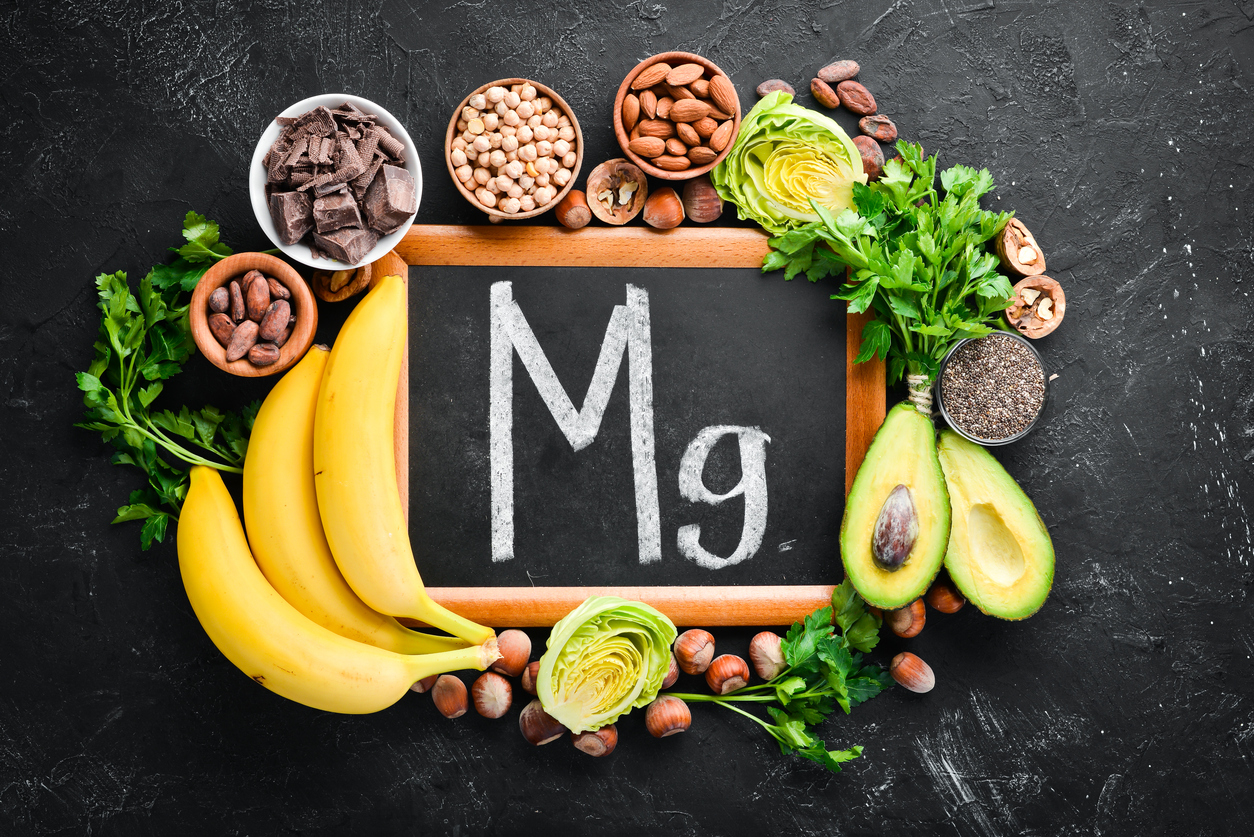
What is it?
Magnesium is a crucial macromineral that plays a role in over 600 enzyme systems in your body.
What does it do for you?
One of magnesium’s main roles is in energy production. The cellular process that turns your diet into useful energy requires several magnesium-dependent reactions. The biggest one is the protein that makes adenosine triphosphate, or ATP (the usable form of cellular energy) in your cells. This energy molecule exists largely as Mg-ATP, a magnesium complex.
However, 60% of your magnesium is stored in your bones. So, it’s no surprise that this essential mineral helps maintain bone density. Healthy amounts of magnesium also promote normal calcium serum levels and reinforce the positive effects of vitamin D. Magnesium can enhance the action of parathyroid hormone, which regulates calcium and vitamin D levels in the blood. These two nutrients (calcium and vitamin D) help sustain bone strength.
How much do you need?
In the US, the RDA of magnesium for adults is between 310 and 420 mg.
Where can you find it?
Magnesium is an essential component of chlorophyll, the green pigment in plants. So, for magnesium, you should turn to green leafy vegetables. You can also find it in whole grains, nuts, and legumes. Water can be a source of magnesium as well, but it’s highly variable. Mineral water contains magnesium salts, which can help your body meet its daily requirements.
There are many types of magnesium supplements, although magnesium citrate and magnesium gluconate are some of the more common ones. Although the need for magnesium supplementation varies, subclinical magnesium deficiency is potentially more common than is widely recognized. The recommended upper limit of magnesium supplements is 350 mg.
(For more on magnesium, see FRN’s full article here.)
5. Potassium
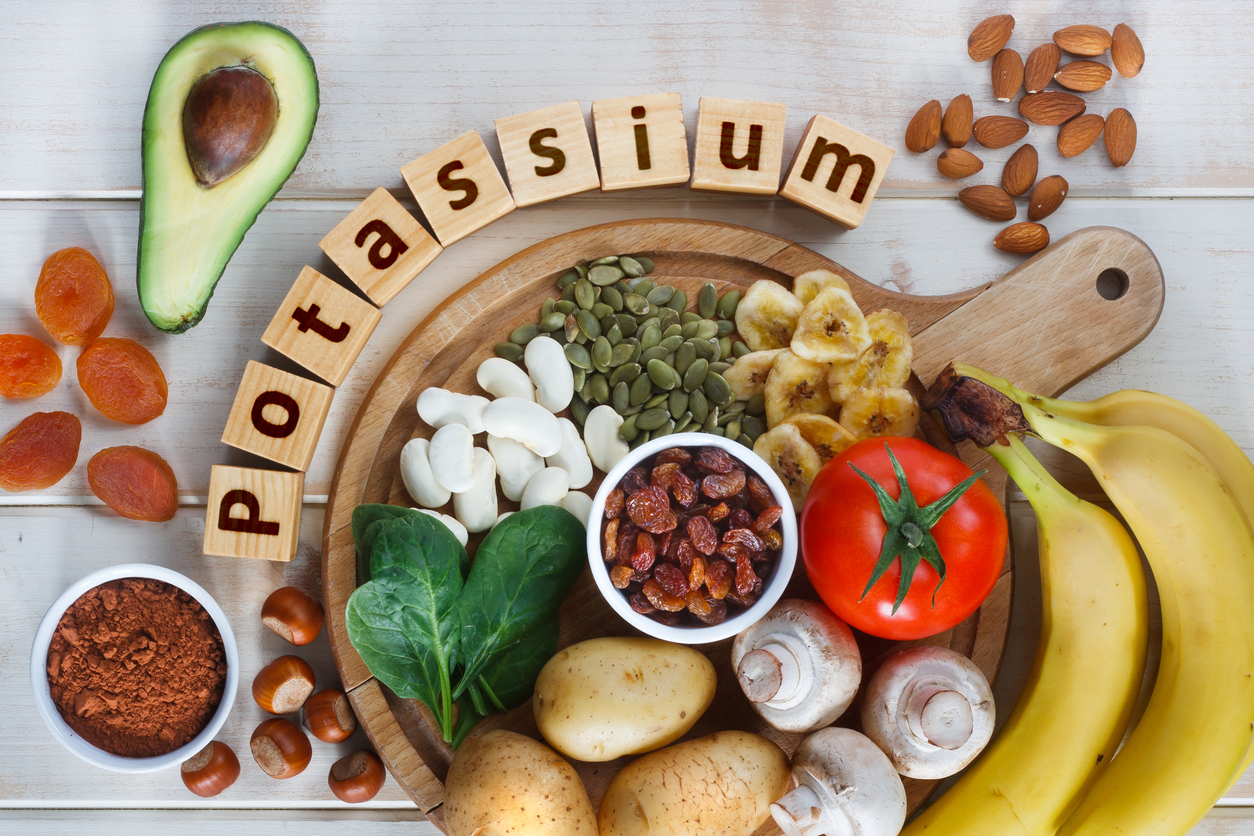
What is it?
Found within all cells of the body, potassium is a macromineral and electrolyte that impacts several areas of health.
What does it do for you?
All of your cells require potassium for proper function. And as a conductor of electricity, it plays a role in the heart’s electrical activity. Electrical impulses regulate your heartbeat, and potassium helps maintain a normal heartbeat.
Your body also needs potassium to build proteins and muscles. It’s required for growth throughout your body and helps regulate the use of carbohydrates.
Research also indicates that potassium can reduce blood pressure, protect the heart, and help maintain stronger bones.
How much do you need?
In the US, the RDA of potassium for adults is between 2,500 and 3,400 mg.
Where can you find it?
You’ll find potassium in many whole plant foods, including bananas, beet greens, potatoes, spinach, avocado, lima beans, tomatoes, and squash. You can also find potassium chloride in some dietary supplements, such as multivitamins, although amounts are usually under 100 mg.
(For more on potassium, see FRN’s full article here.)
6. Selenium
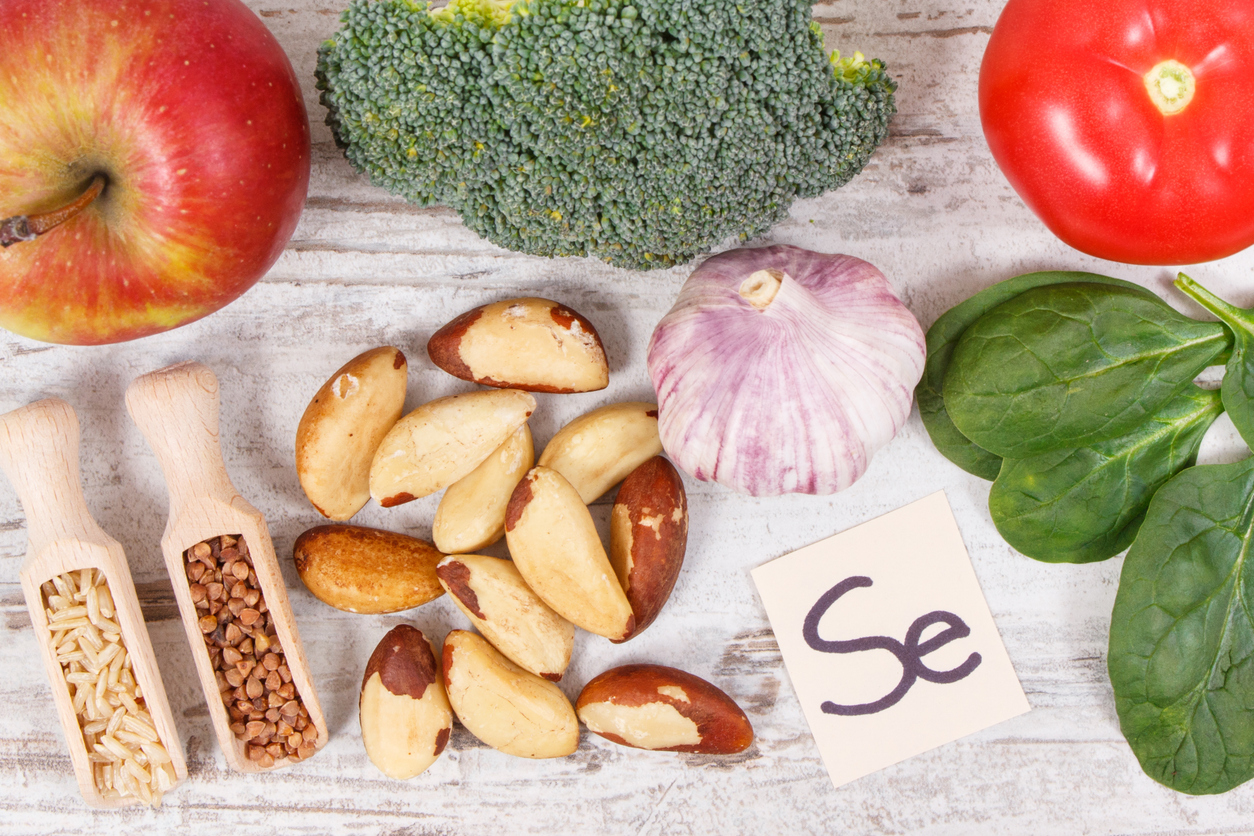
What is it?
Selenium is a trace mineral that increases antioxidant activity in the body, helping to shield your cells from free-radical damage.
What does it do for you?
Selenium is a building block of glutathione, a powerful antioxidant made in the body. Selenium has been shown to protect the heart and brain and regulate the immune response. Your body also needs proteins that contain selenium to produce DNA. It’s also crucial for thyroid function and reproduction.
How much do you need?
In the US, the RDA of selenium for adults is between 55 and 70 mcg.
Where can you find it?
Brazil nuts are the highest source of selenium, though most grains and seeds deliver selenium, too. It’s also present in seafood, liver, and other meats.
Supplementation probably isn’t necessary because only a small amount of selenium is necessary, and you can get all you need from as little as one Brazil nut per day. But if you do take a supplement, the upper limit is around 400 mcg.
(For more on selenium, see FRN’s full article here.)
7. Sodium
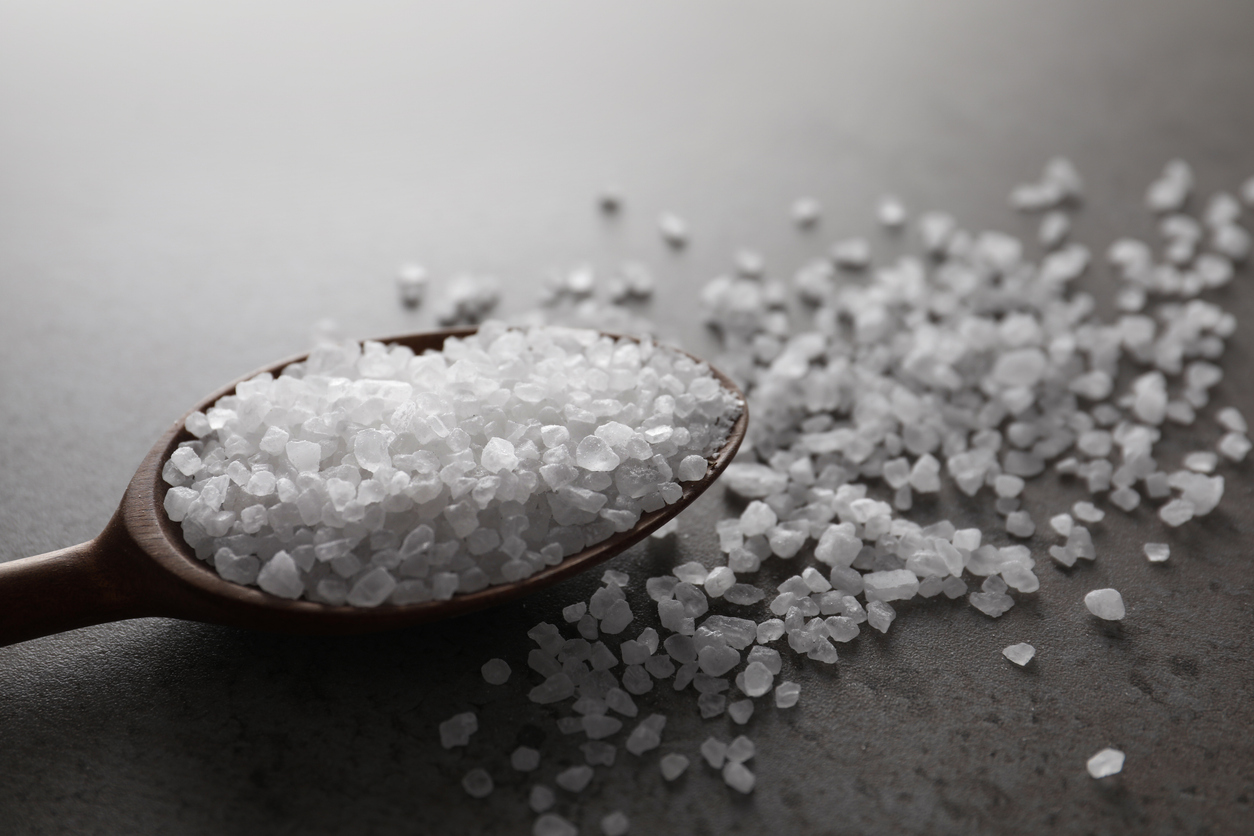
What is it?
Sodium is a macromineral electrolyte that supports a balance of fluids in your body. Most of us get too much of it — and in excess, it can be a driver of cardiovascular disease, stroke, and many other health problems. But having enough of it is important, too. When consumed in recommended amounts, it’s important for normal functioning throughout the body.
What does it do for you?
Sodium supports healthy muscle and nerve function. But its main role is helping your body balance fluids. You’ve probably experienced this balancing act firsthand. If you have too much salt (which contains sodium), you retain water and get thirsty. That’s your body trying to keep a good ratio of sodium to water.
While salt is necessary for proper health, high levels can harm the heart and cause stomach issues. Low levels can lead to dehydration and cause hyponatremia, where sodium blood levels become dangerously low, impairing cognitive function. As such, it’s important to find the right balance.
How much do you need?
In the US, the RDA of sodium for adults is between 1,500 and 2,300 mg.
Where can you find it?
Table salt is a primary source of sodium. However, the biggest source in the modern diet is ultra-processed foods, which deliver way too much sodium for most people’s optimal health.
Sodium is found naturally in most foods, including fruits and vegetables. Celery, beets, and artichokes are all healthy sources of sodium. Fermented foods are another high-sodium source.
Sodium is used in electrolyte supplements and sports drinks. However, since most people already get too much, supplementation isn’t usually necessary except for illness, physical activity, or conditions like postural orthostatic tachycardia syndrome (POTS).
(For more on sodium, see FRN’s full article here.)
8. Zinc
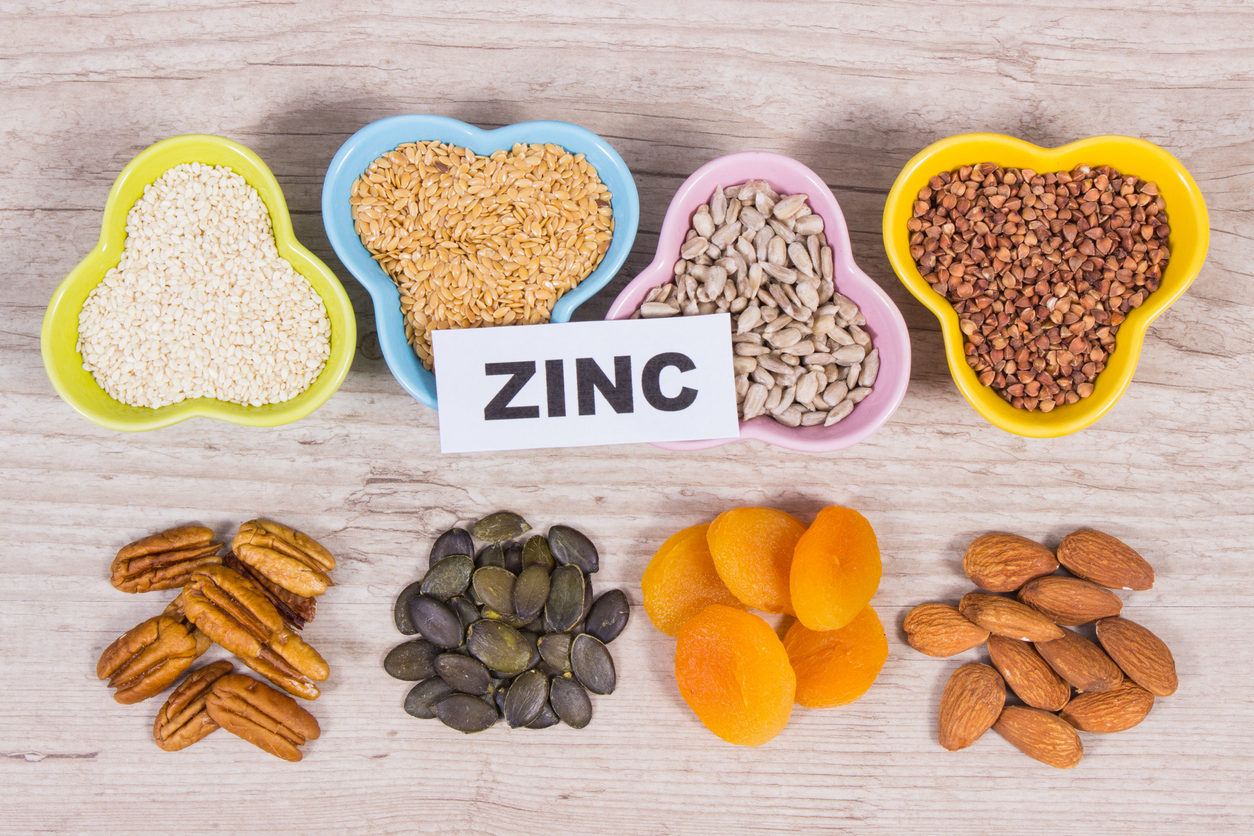
What is it?
Zinc is a cofactor mineral for more than 300 enzymes needed for cell function in kidneys, muscles, skin, and bones.
What does it do for you?
Despite being a micromineral, zinc is busy, with many important functions throughout the body. Zinc supports immune function and is heavily involved in creating genetic material, including DNA. It also serves as a necessary structural component of DNA-binding proteins that affect gene expression. Many proteins that bind to DNA contain zinc.
Zinc supports healthy eyes as well. It’s part of an enzyme that converts retinol to retinal (two forms of vitamin A), which is important for eye health. Research has linked adequate zinc intake to healthier eyes as people age.
Healthy zinc levels may also reduce infections, support brain health, promote a healthy inflammatory response, and boost sexual health in men.
How much do you need?
In the US, the RDA of zinc for adults is between 8 and 13 mg.
Where can you find it?
Some people look to animal products (especially oysters) for zinc, but whole grains, legumes, nuts, and seeds can also be good food sources of zinc.
Zinc is one of the few minerals plant-based eaters may have a harder time absorbing in sufficient quantities from food alone. In general, an estimated 17% of people are low in zinc, but it may be as high as 30% in vegans.
Zinc gluconate, zinc picolinate, or zinc citrate are recommended types of zinc, with the daily upper limit set at 40 mg for adults.
(For more on zinc, see FRN’s full article here.)
Practical Tips for Getting the Minerals You Need

By now, I hope you understand the importance of minerals and the ways — both big and small — that they impact your health. So, how should you ensure your levels aren’t too low?
Here are some tips:
- Diversify your diet — Seek out a wide range of foods to increase your chances of consuming a wider range of minerals. Eating a well-balanced and diverse diet that’s rich in vegetables and that’s based around whole foods rather than processed foods can help ensure you’re getting the nutrition you need.
- Supplement if necessary — Supplementation may be a good option in some cases to ensure that daily requirements are met.Before starting a mineral supplement, it’s a good idea to have your levels tested by taking a blood test. As with anything, you can have too much of a good thing when it comes to these nutrients. Testing for a deficiency allows your healthcare team to monitor your levels and suggest supplementation amounts if or as appropriate.Be sure only to take high-quality supplements that your body can absorb. To ensure high quality, look for supplements that undergo third-party testing. This means they send their product to an outside lab to ensure that what’s listed on the ingredient label is in the product and that there aren’t any fillers or unwanted compounds in the product, like heavy metals.
- Learn how minerals are absorbed — Vitamin D helps boost calcium absorption; vitamin C helps pull iron into your bloodstream; and vitamin D and magnesium help absorb each other. But taking nutrients together isn’t always best. For example, calcium and iron can compete for absorption when taken simultaneously, lowering each mineral’s efficacy and overall bioavailability. If you’re focusing on increasing levels of a certain mineral, be sure to also check how it may compete with or be complementary to other nutrients.
- Soaking and sprouting — Many foods like legumes, nuts, seeds, and grains can all be soaked and sprouted to increase nutrient bioavailability, especially of minerals like zinc and iron. For more on sprouting, see FRN’s article here.
Recipes to Help You Get Essential Minerals
Ensuring you get enough essential minerals in your diet is key to maintaining overall health and vitality. Minerals like iron, calcium, magnesium, and zinc play crucial roles in everything from bone strength to immune function. Fortunately, creating delicious meals packed with these nutrients is easy with the right ingredients. The following recipes are not only full of flavor but also rich in the essential minerals your body needs. Whether you’re looking to boost your intake or just consume more whole foods, these dishes are a perfect place to start.
1. Creamy Mushroom Soup With Chickpeas and Kale

Creamy Mushroom Soup With Chickpeas and Kale is not only a comforting and flavorful dish but also a powerhouse of essential nutrients. Mushrooms are known for their selenium, copper, and B vitamins, while kale is packed with calcium, iron, and vitamins A, C, and K. Chickpeas boost the protein content and provide a good dose of folate, magnesium, and potassium. With the addition of cashew cream, you’ll get healthy fats and zinc, and the miso and nutritional yeast contribute to a savory depth of flavor while supplying additional B vitamins and probiotics. Together, these ingredients create a nutrient-dense soup that supports bone, heart, and brain health.
2. Tofu and Broccoli Stir-Fry

This Tofu and Broccoli Stir-Fry is surprisingly simple to make despite the seemingly long list of steps. The key is to treat each component — crispy tofu, savory sauce, and vibrant veggies — as its own little masterpiece. Tofu, the protein-packed star of the show, also brings a hefty dose of calcium, iron, and magnesium to the table, helping to keep your bones strong and your muscles (heart included!) fueled. Meanwhile, broccoli and red bell peppers add a burst of color and nutrition, delivering vitamin C, vitamin K, and folate, along with antioxidants that support your immune system. The garlic and ginger in this stir-fry not only elevate the dish with their bold flavors but also bring additional anti-inflammatory benefits and essential nutrients. When all these elements come together over a bed of fiber-rich brown rice, you have a stir-fry that’s as exciting to eat as it is good for you.
3. Nutty and Chocolatey Teff Cookies

Nutty and Chocolatey Teff Cookies are a delicious combination of peanut butter and chocolate with a satisfying crunch from hazelnuts. They’re also a nutrient-packed treat, bringing a healthy dose of vitamin E, magnesium, and healthy fats from the hazelnuts, along with fiber, potassium, and antioxidants from naturally sweet dates. The featured ingredient, teff, is an ancient whole grain rich in protein, iron, and calcium, making it a fantastic alternative to refined flours. Adding peanut butter and chocolate chips will give you a touch of indulgence while delivering a small amount of iron and magnesium. Together, these ingredients make for a crave-worthy and nourishing baked good.
Thank You for Reading!
So, there you have it. Good health isn’t just about taking your vitamins but your minerals, too! These essential nutrients play a wide range of roles, from maintaining strong bones and teeth to supporting muscle function, nerve transmission, and even the production of hormones. Many of these nutrients carry out intricate tasks within your body that you may not even know about. But whether you realize it or not, they’re working hard to help you be healthy. Ensuring a balanced intake of minerals through a healthy and varied diet can help prevent deficiencies and keep your body operating at its best.
Tell us in the comments:
- Have you ever had a mineral deficiency? What minerals are you particularly concerned about?
Featured Image: iStock.com/RodicaCiorba



